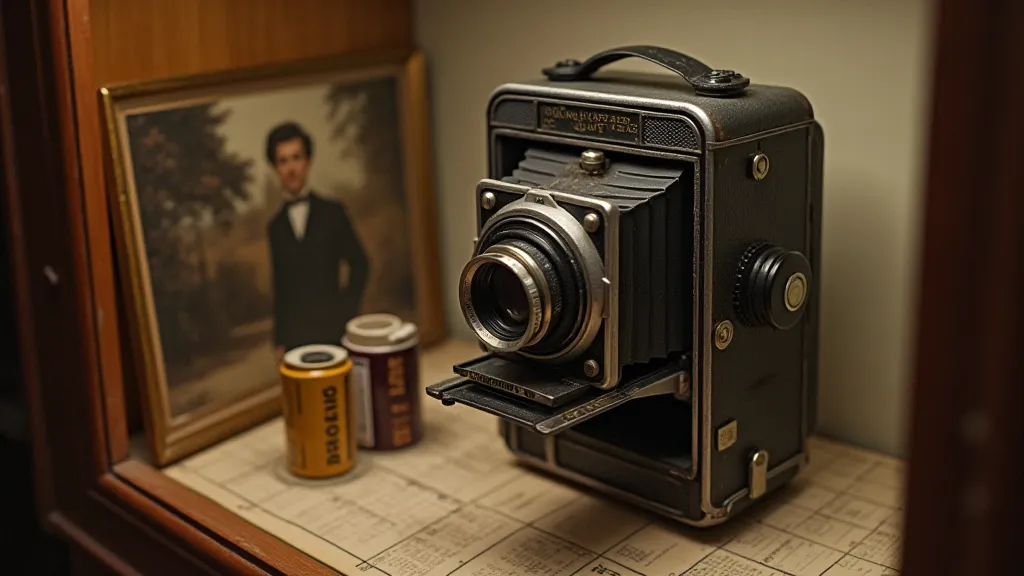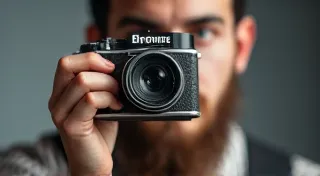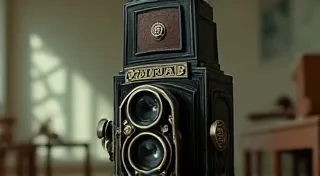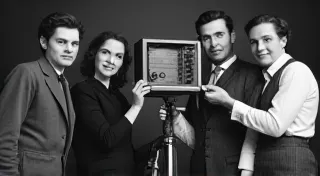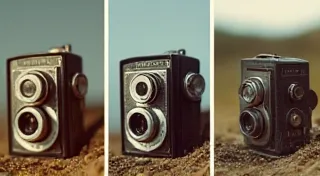The Brownie Six: A Larger Format Brownie
The Brownie series of cameras, introduced by Eastman Kodak in 1900, revolutionized photography, making it accessible to the masses. While the original Brownie was a compact and affordable box camera, Kodak continually expanded the line with different models catering to various skill levels and desired image sizes. Among these, the Brownie Six stands out as a significant step up in format and capability. This article will delve into the Brownie Six, exploring its features, history, and place within the Brownie camera family.
Early Days and Initial Models (1900-1904)
The early Brownie cameras were revolutionary, but their small format limited their artistic potential. The demand for larger prints quickly led Kodak to explore larger film sizes within the Brownie framework. The Brownie Six, initially introduced around 1900, was Kodak’s attempt to satisfy that desire. The first models were quite simple, offering fixed-focus lenses and basic shutter speeds. They used 6x9cm film, a substantial increase over the smaller formats of the original Brownies. Many vintage camera enthusiasts enjoy the unique aesthetic that results from using these early cameras, and understanding their nuances can be key to achieving desired results. For those interested in troubleshooting common issues with older cameras like the Brownie, a guide to common problems and repairs for vintage Brownie cameras can be a valuable resource.
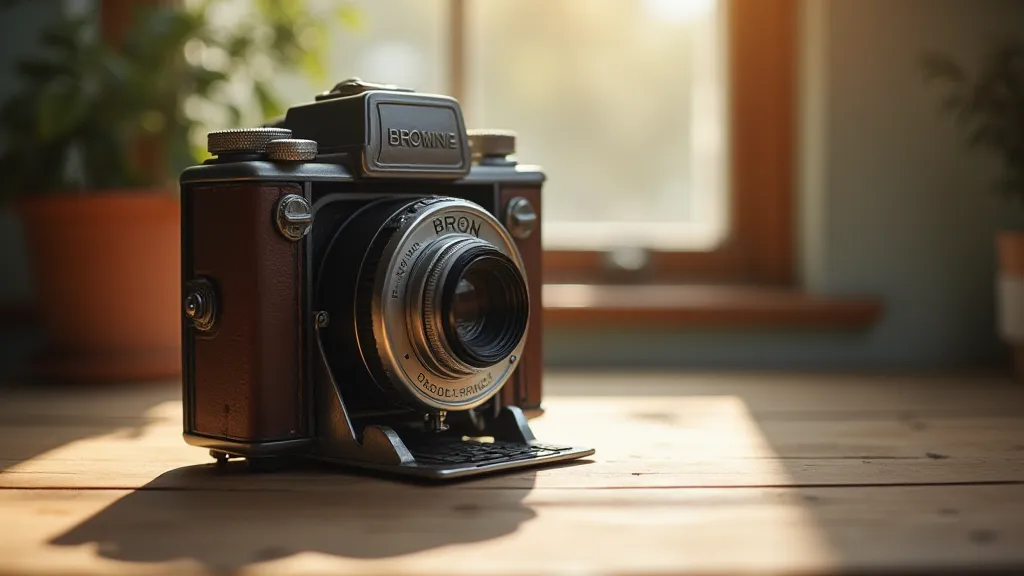
Key Features and Variations
The Brownie Six evolved over the years, incorporating improvements and new features. Here's a breakdown of some notable characteristics:
- Film Format: 6x9cm. This larger format allowed for more detail in prints and opened up new creative possibilities. The ability to produce larger prints was a significant driver for the Brownie Six’s popularity, offering a noticeable upgrade over the smaller formats.
- Lens: Early models featured a fixed-focus lens. Later versions included a simple lens with some focusing capability. The lens aperture was fixed, offering limited depth of field control. While the fixed aperture presented a limitation, it also contributed to a certain charm and unpredictability in the resulting images.
- Shutter: Basic time and instantaneous shutter speeds were standard. Later versions saw the introduction of a simple B-setting for longer exposures. The “B” setting allowed for creative experimentation with light trails and other effects.
- Body Construction: The body was typically made of wood, covered in a durable leatherette or bellows material. Metal parts included the lens mount and shutter components. The combination of wood and leatherette gives the Brownie Six a distinctive tactile feel.
- Early Models vs. Later Models: Early Brownie Six cameras often lacked a focusing mechanism and relied on a zone-focusing system. Later models incorporated a simple rack-and-gear focusing mechanism, allowing the photographer to adjust the lens for better sharpness. The evolution of the focusing system reflected Kodak’s ongoing efforts to improve the user experience.
Identifying Different Brownie Six Models
Identifying the specific year and variation of a Brownie Six can be tricky, as Kodak made numerous subtle changes throughout the production run. Here are a few things to look for:
- Lens Markings: The lens markings often provide clues about the camera’s age. These markings can be cryptic, requiring some research and detective work to decipher.
- Body Markings: Look for date codes or other identifying marks stamped on the camera body. These markings are often faint and require careful examination.
- Focusing Mechanism: The presence or absence of a focusing mechanism is a key differentiator. This is perhaps the most obvious indicator of a camera’s age and technological advancement.
- Leatherette Pattern: The pattern of the leatherette covering could indicate a specific production period. Subtle variations in the leatherette pattern can be surprisingly informative.
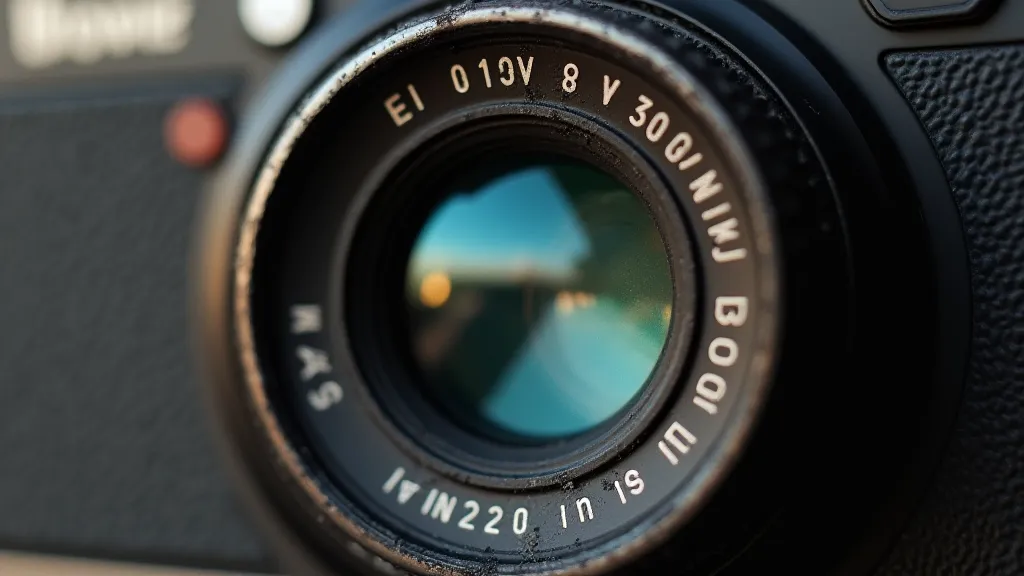
The Enduring Appeal and Creative Possibilities
Beyond their historical significance, Brownie cameras continue to captivate photographers seeking a more tactile and creative shooting experience. The limitations inherent in these cameras—fixed lenses, simple shutters—often force photographers to be more deliberate and inventive in their approach. The resulting images frequently possess a unique charm and character that is difficult to replicate with modern digital cameras. Many photographers find that using vintage cameras like the Brownie Six allows them to truly connect with the photographic process, appreciating the artistry and craftsmanship that went into creating these iconic machines. The concept of capturing fleeting moments through a unique and somewhat unpredictable machine is fascinating, and echoes in the desire to understand and preserve memories through older photographic devices – a sentiment beautifully explored in The Echo Bloom: Brownie Cameras and the Preservation of Transient Moments.
Beyond the Brownie Six: Exploring Kodak’s Innovations
The Brownie Six represents a pivotal point in Kodak’s ongoing quest to make photography accessible and enjoyable for everyone. While the Brownie Six itself offered a step up in format and capability, Kodak continued to innovate, introducing a range of other models that catered to diverse needs and preferences. For those interested in exploring further into Kodak's experimental designs, the Brownie Reflex: A Unique Box Camera Design provides a fascinating look at a less common variation. The journey of Kodak’s innovations didn't always follow a linear path, and the Brownie Reflex, with its unique design, demonstrates this pursuit of new possibilities.
Tips for Photographing with a Brownie Six
Photographing with a Brownie Six isn’t about precise technical control; it's about embracing the imperfections and surprises that arise from using a vintage camera. Experiment with different film types – black and white, color negative, and even slide film – to see how they interact with the camera's unique character. Pay attention to lighting conditions, as the fixed aperture and relatively slow shutter speeds require careful consideration. And don't be afraid to make mistakes; they often lead to the most interesting and memorable results. Understanding the nuances of vintage cameras can be a rewarding journey. To delve deeper into the practical aspects of using vintage Brownie cameras, you may find some helpful advice in Photographing with Vintage Brownie Cameras: Tips and Tricks. Often, the magic of these cameras lies not in technical perfection but in the unexpected results and the connection to a bygone era. It’s a journey of rediscovery, a return to the fundamentals of photography, and a reminder that limitations can often spark creativity. This mindful approach resonates with the idea that the photographic process is not just about capturing an image, but about experiencing a moment, a feeling, and a connection to something larger than oneself.
Collecting and Appreciating the Brownie Six
The Brownie Six remains a popular choice for vintage camera collectors. Its larger format capabilities and its place in the rich history of Kodak cameras make it a rewarding find. When collecting, consider:
- Condition: Look for cameras in good overall condition, with minimal damage to the body and lens. Cosmetic condition often influences value, but functionality is paramount.
- Functionality: Check that the shutter fires properly and that the lens is clear of scratches. Even minor issues can impact usability and value.
- Rarity: Certain variations of the Brownie Six are rarer than others, which can impact their value. Some variations are highly sought after by collectors.
- Historical Significance: Appreciate the camera’s place in photography history and the role it played in democratizing photography. Understanding its context enhances the appreciation of its significance.
